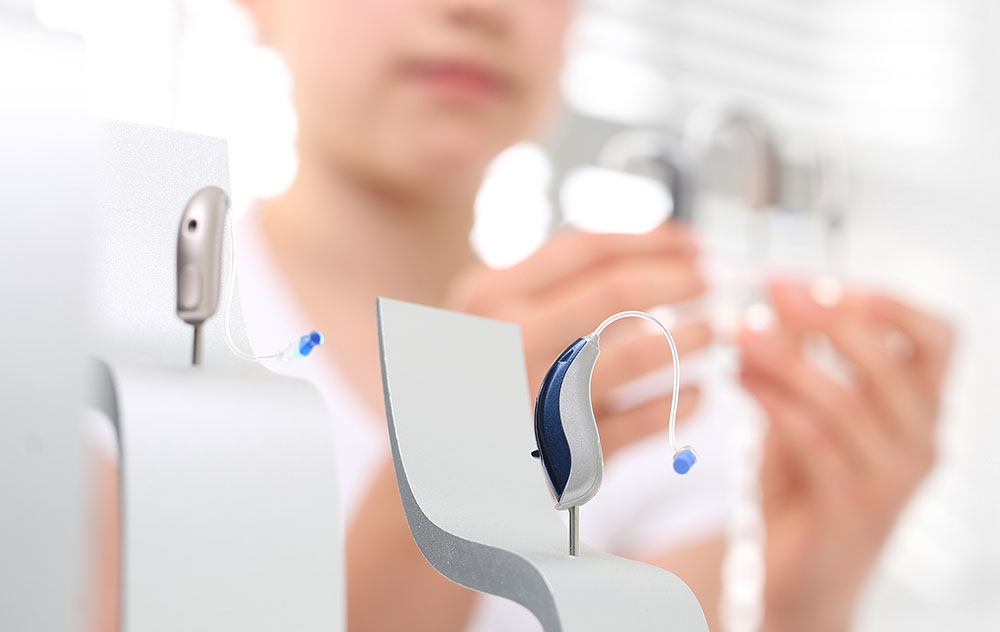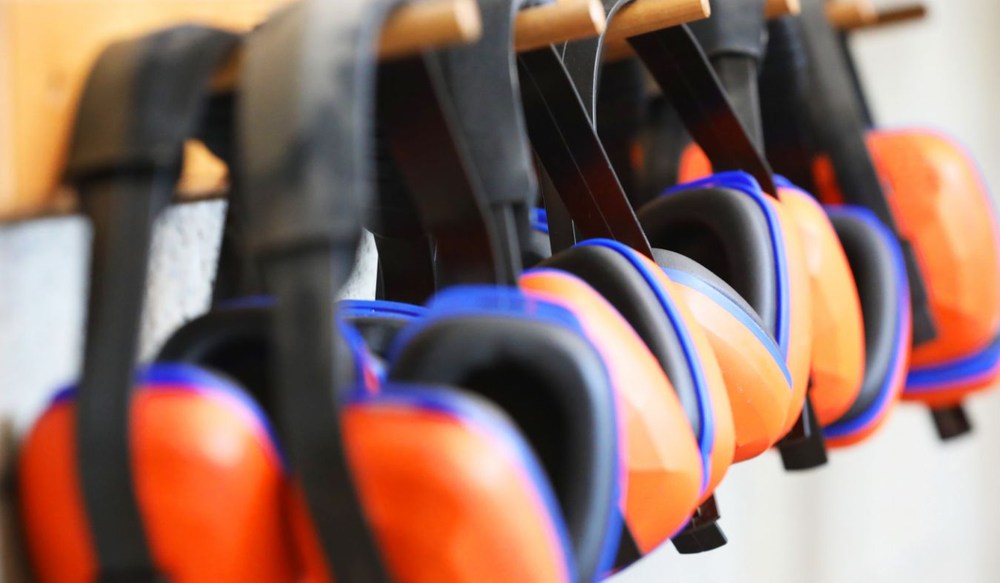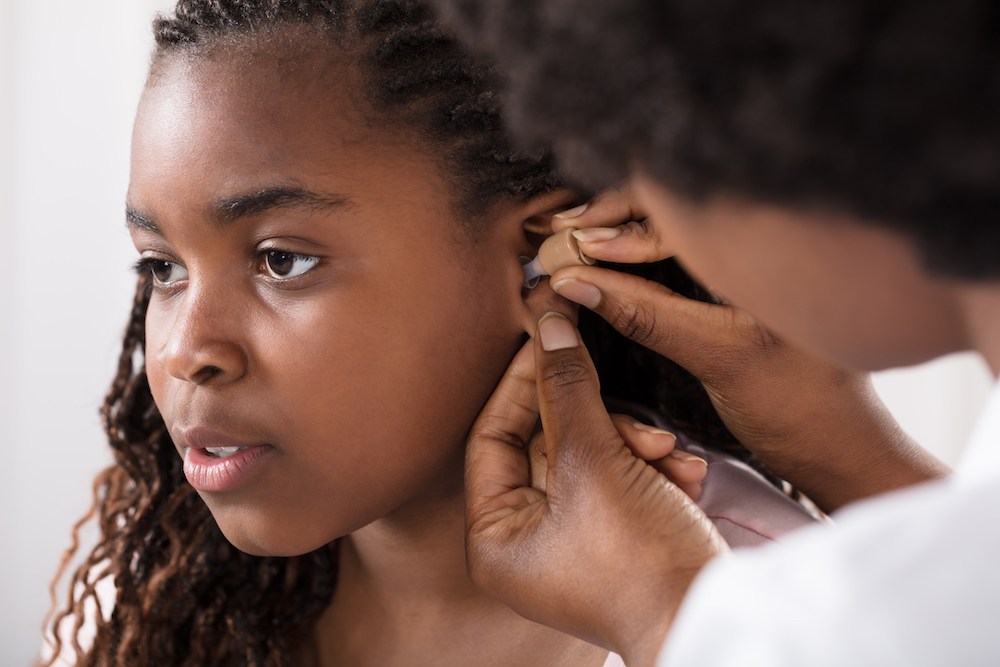What Young Adults Should Know About Hearing Protection
Hearing protection might not be something most young adults think about,
We’re Hiring! Click Here to Learn More About Our Career Opportunities →

Hearing aids are a big change in your life. Here are some of the most frequently asked questions.
They fall under three main types:
According to the American Speech-Language-Hearing Association, 23 states have insurance provisions to cover hearing aids, but some only cover children and even fewer cover adults. Insurance companies consider hearing aids rather than being classed as urgent or necessary. However, there are certain Medicare advantage plans that will cover hearing aids, traditional Medicare doesn't have any coverage.
As hearing aids are usually not covered by standard medical insurance, some insurers offer certain plans which may cover hearing tests and hearing aid fittings. Certain health plans may only pay a certain amount towards the cost of a hearing aid, leaving you to come up with the rest of the funds yourself. You should double-check your insurance plan as there may be a small clause that can help give financial assistance. Some healthcare systems and government bodies provide financial assistance, such as Medicare, the Departments of Human Services and the State Department of Rehabilitation.
Many people need to buy a used hearing aid. Once you go through an evaluation with your audiologist, think about a few key factors of used hearing aids:
Hearing aids can change your life, but there are many things to consider before you purchase the ideal one. Everybody has unique situations and lifestyle choices. There are also financial considerations. Before you find the right hearing aid, make sure that you consult an audiologist and get as much information as possible.

Hearing protection might not be something most young adults think about,

Hearing loss usually starts gradually, making it hard to notice right

Choosing the right hearing aid for your needs is about more than just